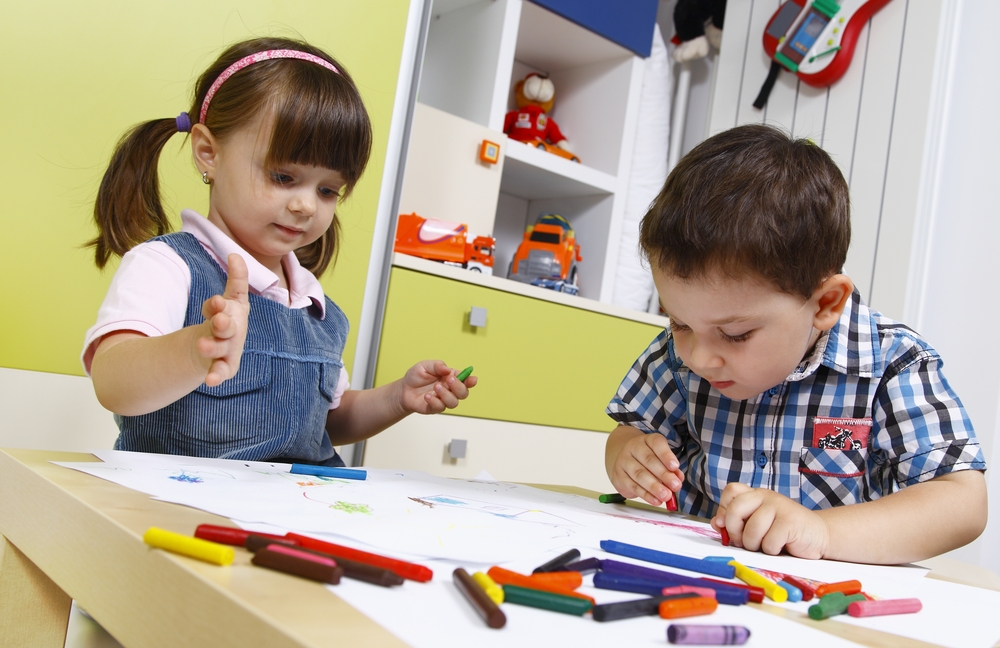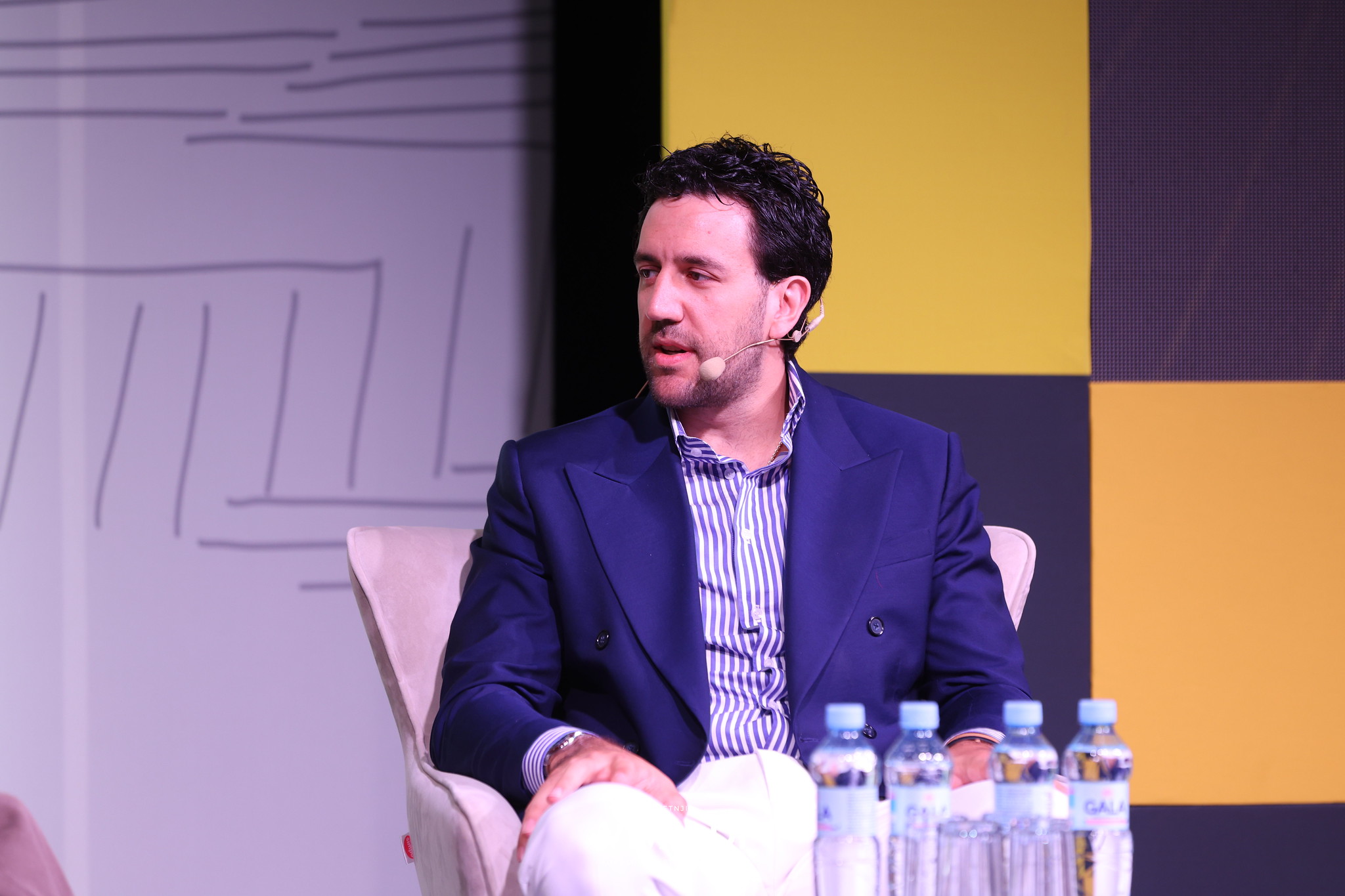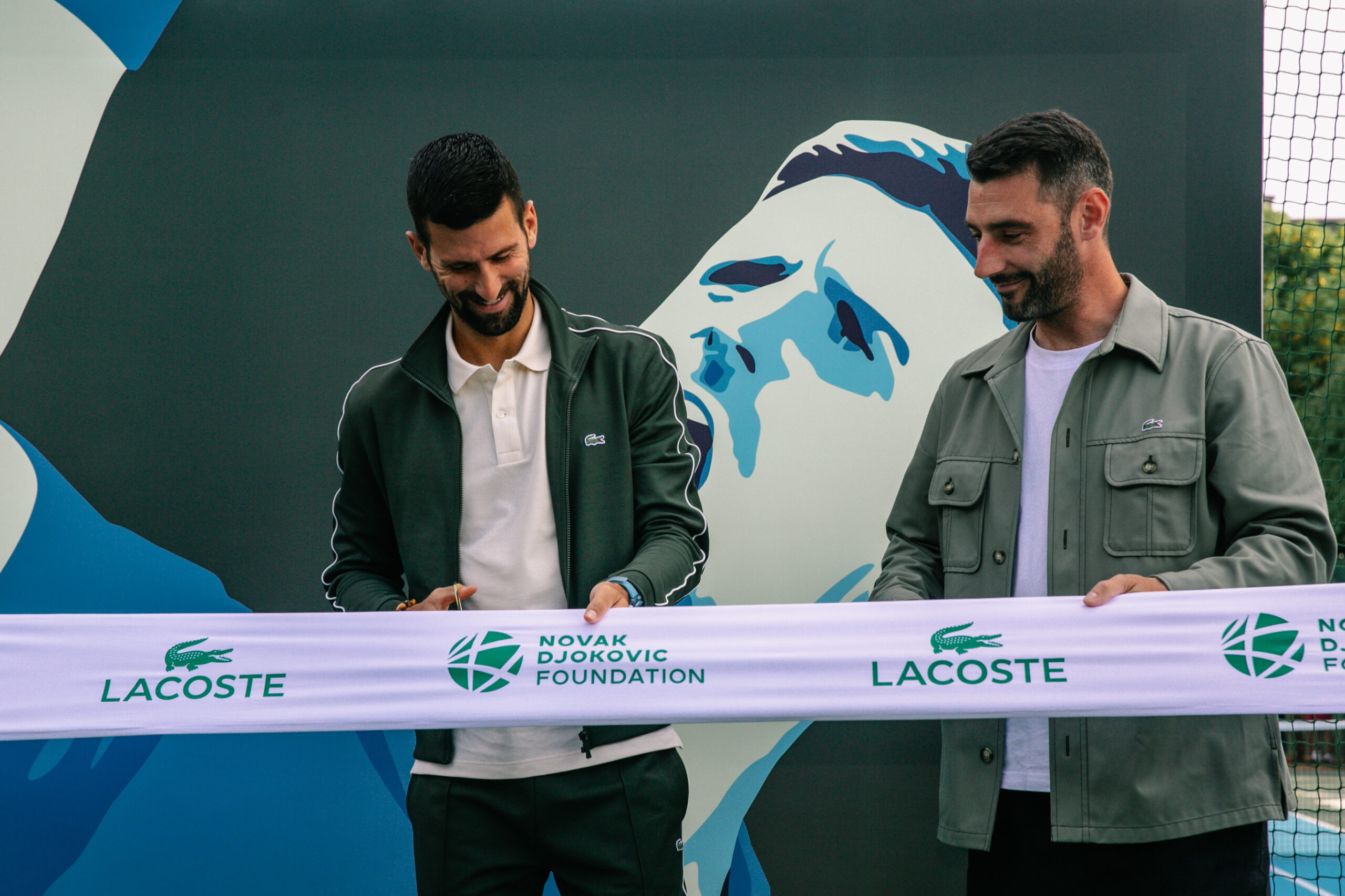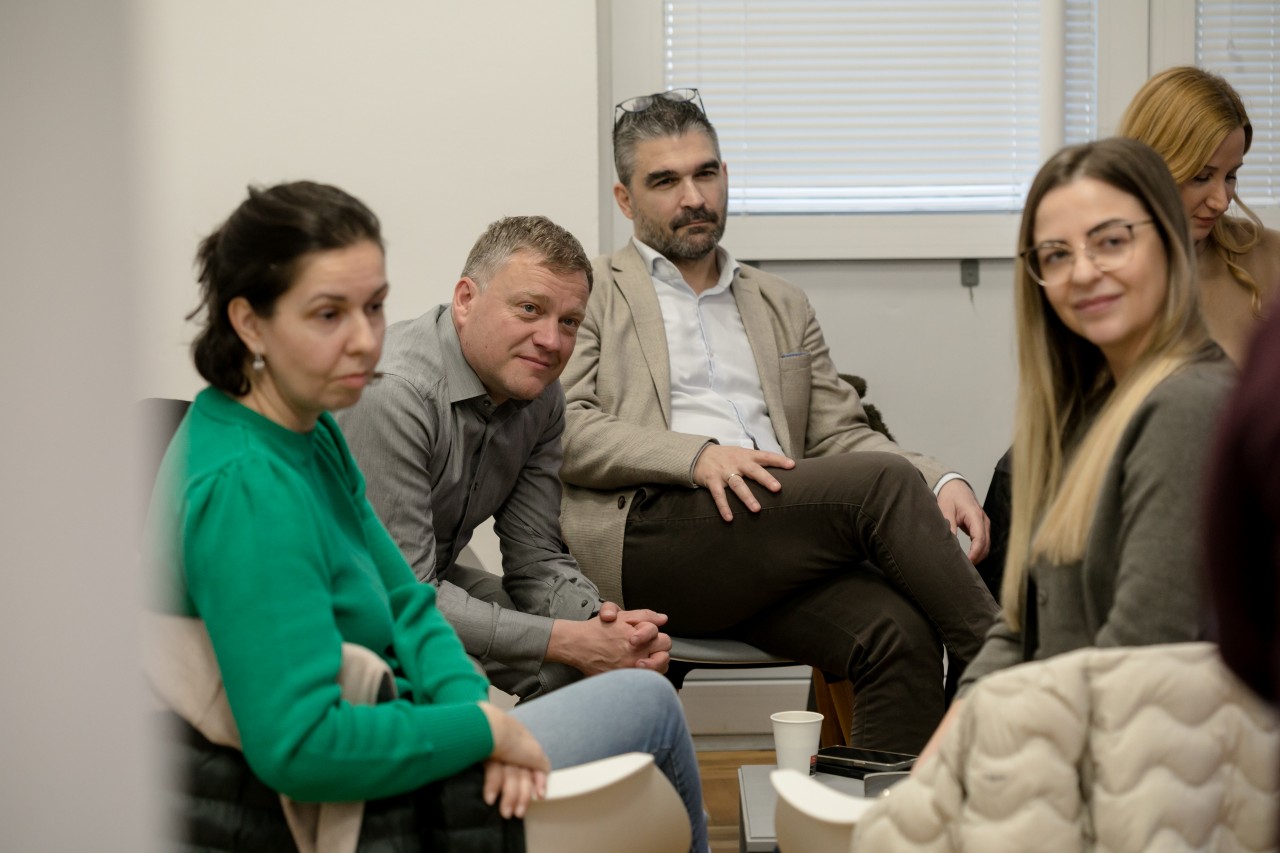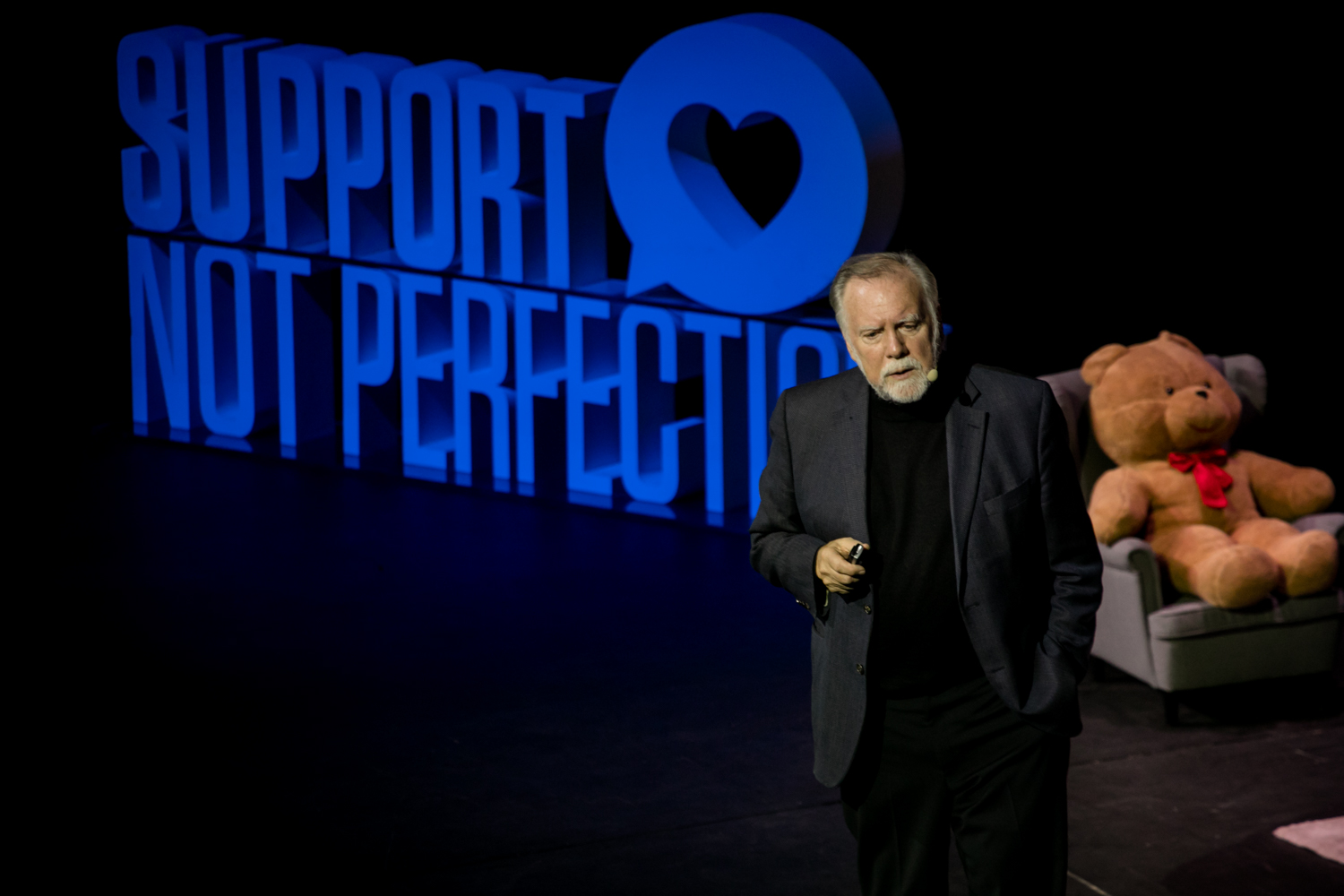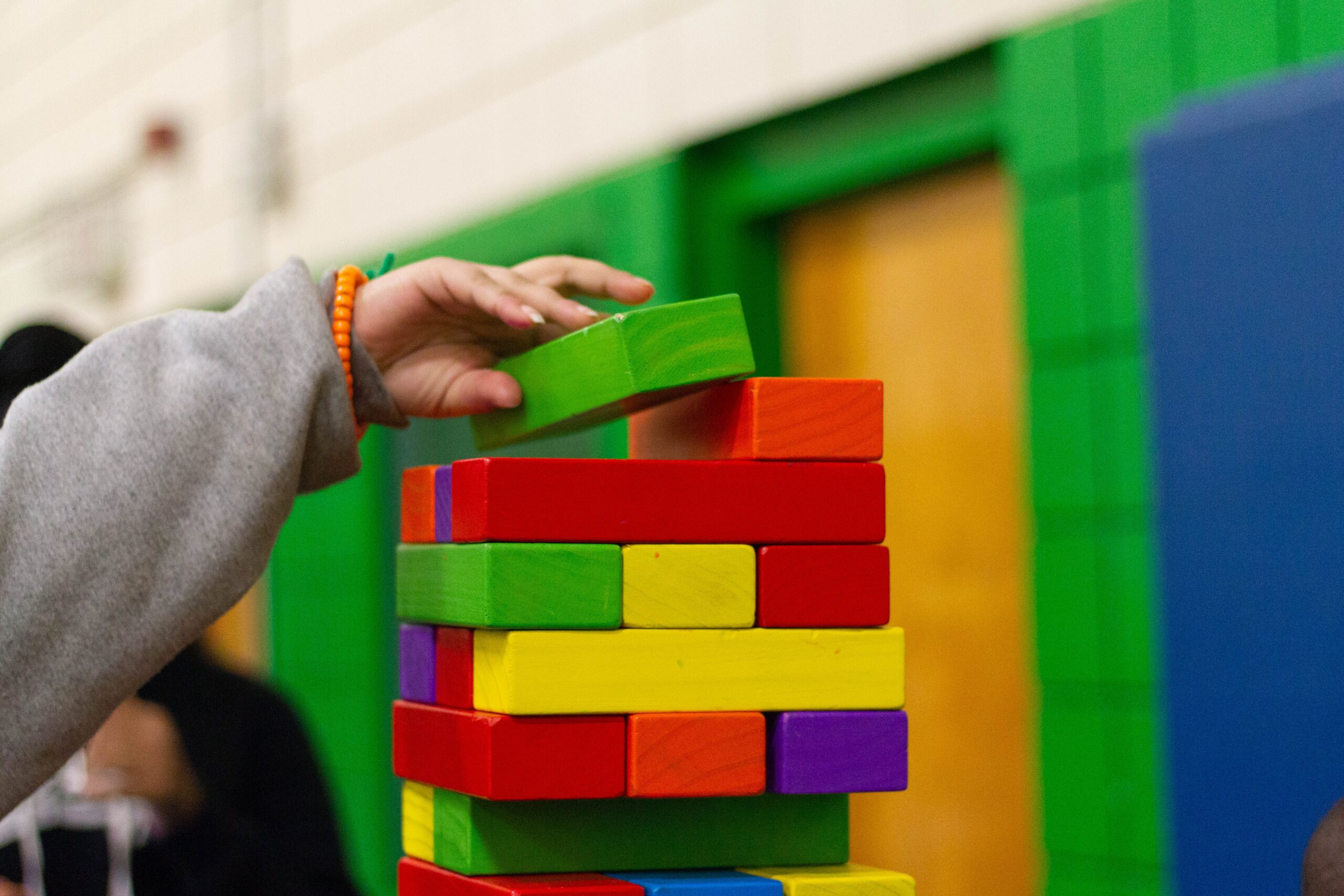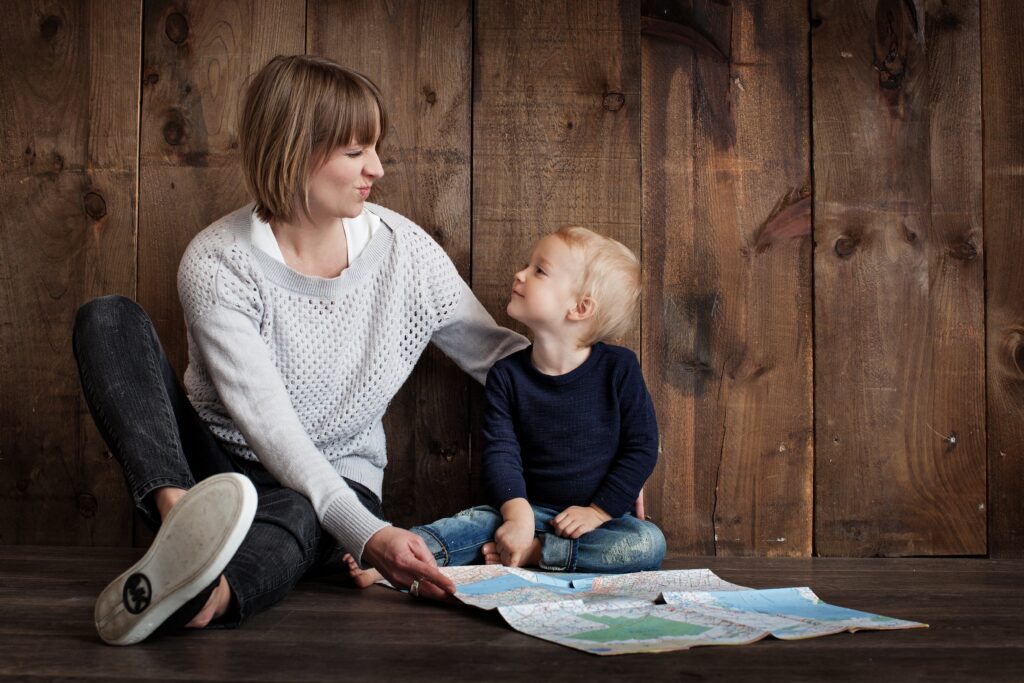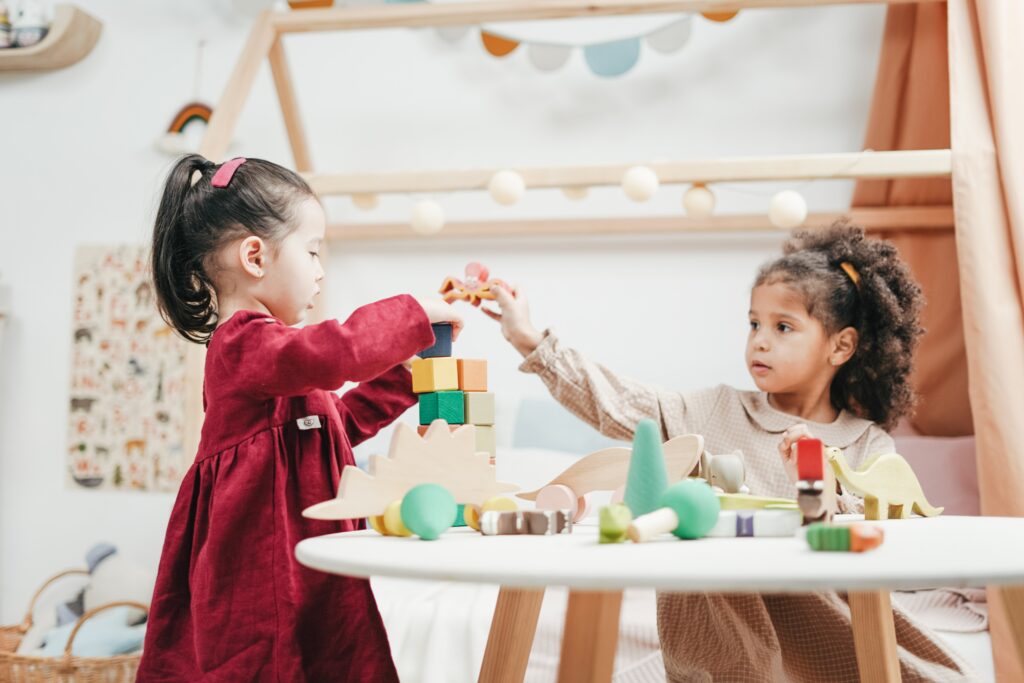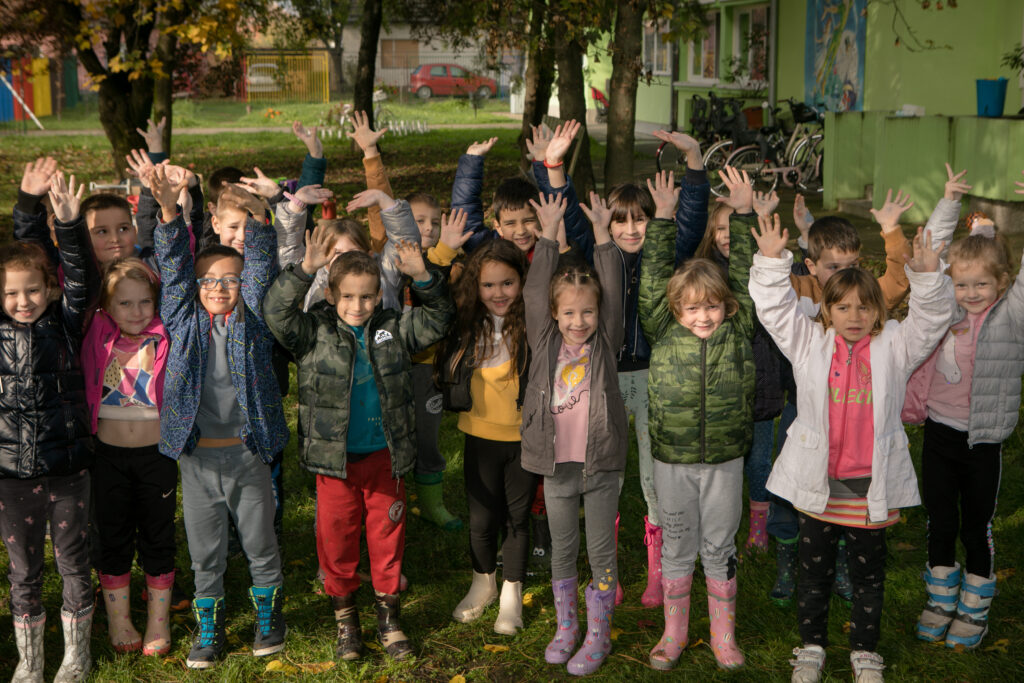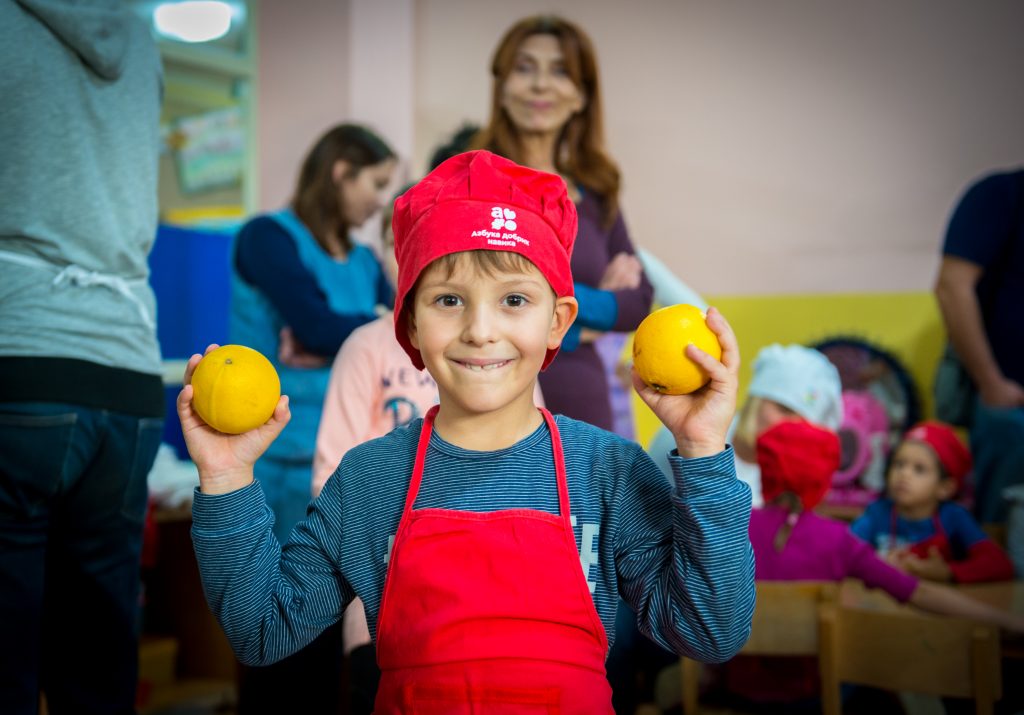Early childhood is considered to be the most intense and rapid period of child’s development.
Early childhood is considered to be the most intense and rapid period of child’s development. During this phase it’s extremely important for children to have adequate access to learning opportunities as well as to be encouraged enough to explore and discover the world around them. Research has shown that participation in high-quality preschool programs has multiple positive effects on intellectual abilities and academic achievements of children later in life and that such benefits last into adolescence. They also improve the overall quality of life, both for individuals and the community. Moreover, an earlier start (under the age of 3) of preschool attendance is related to better intellectual development whereas disadvantaged children benefit most from good quality preschool experiences. Therefore, early childhood education can play an important part in combating numerous problems, such as poverty and social exclusion.
However, in Serbia the situation regarding early childhood education is far from bright: only 50% of children aged 3-5,5 have the opportunity to socialize, learn and play with their peers. The analysis of preschool education system finds significant disparity between the current network of preschool institutions and the number of preschool children. In addition, preschool programs aren’t equally accessible to families living throughout the country. MICS survey shows that 63% of children in urban areas and only 27% of them in underdeveloped areas are enrolled in preschool programs, as preschool facilities are mostly located in big towns and cities. Furthermore, 82% of children from the richest households attend kindergarten, while the coverage of children from the poorest households is only nine percent. Particularly alarming is the fact that only 6% of preschool-age children from Roma settlements attend preschool programs. There are no reliable and valid data regarding the preschool coverage of children with disabilities.
Currently preschool services are not available to those who need them most – children from rural areas, those from low-income families, Roma children, and children with disabilities.
There are many reasons for this ranging from the abovementioned dislocation of the facilities, unawareness of the importance of early childhood development, general belief that it’s better for children of this age to stay in home learning environment, to the lack of capacities in kindergartens for all kids to be enrolled and modest offer of programs and services for children and their families. There is yet a prevailing concept that preschool education system serves to support employed parents. As a result, the majority of children enrolled in preschools come from working families.
In most cases preschools offer full-day programs. This means that parents can’t choose the programs according to their duration and activities they offer. In addition, many places lack playgrounds and parks or they are neglected and insufficiently safe, whereas the offer of cultural activities for children of this age is minimal. The lack of various programs and services for the families as parenting support is also obvious, especially in rural and remote, hard-to-reach areas.
Fortunately, the things are changing for the better. Since 2011 within the projects IMPRES, Kindergartens without Borders 1 and 2 and Schools of Life – Together for Childhood, all supported by the Ministry of Education, Science and Technological Development of Serbia (MESTD), nearly a quarter of the total number of preschool institutions and local governments were encouraged to develop a four-hour, as well as other programs of shorter duration focused on different aspects of child development and thus extend the coverage of children by preschool programs before compulsory education.
UNICEF analysis has shown that 3 to 4 hour preschool programs have the most favorable cost-benefit ratio. With minimal reconstruction and equipping and in accordance with applicable standards, existing premises of local communities, cultural centers, health centers or primary schools may become a stimulating environment for children to learn and socialize. If parents and local people are engaged as well, as it was the case in the village of Biljanovac in Raska municipality within the project “Schools of Life – Together for Childhood” or in the village of Jadranska Lesnica in Loznica municipality within the project “Kindergartens without Borders” progress in this field would be much faster and easier. Libraries, museums and sports halls can also be places where children interact and learn, as well as acquire and master various life skills. These institutions should designed their programs in a way to be able to provide activities that match children’s interests.
[divider]
The future of any country and its nation depends on how we invest in children today. The way we care for our children should be top priority for all of us, not just experts. Each of us in his/her environment, as citizens of this country have an important task – to constantly address and think about the issue: what do we have to offer to our children? How to make this world an inspiring place for them to grow up?
Children deserve to have a better future. We have responsibility to teach them to take care of each other and of generations to come.

